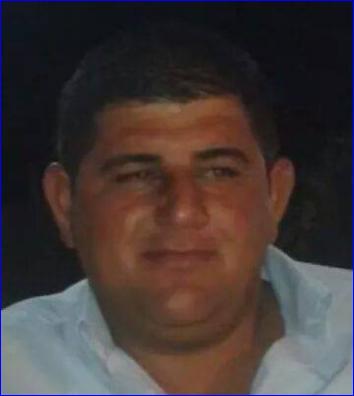


Assyrians have fled to three areas: Dohuk, Arbel and Sulaymaniyah. They are sleeping in churches, abandoned and condemned buildings, hotels, open fields and parks. The bulk of the refugees are in Dohuk and Arbel, in Ankawa and Shaqlawa around Arbel, and in Zakho, Amadiyya, Aqra, and Nahla, Mangesh, Anouna, Dihe, Dawidiyya, Jalla, Bersify, Barwari Bala, Kani Masi, Feshkhabour, Sarsank, Araden, Tashish, and a number of other villages.
The conditions in Ankawa/Arbel are the worst. In the first four days the Assyrian refugees suffered from the extreme heat -- children, wives and the elderly -- since the majority of them walked tens of kilometers to Ankawa. They were terrified. The Kurdish forces manning the checkpoints harassed them as they entered. The refugees were Assyrians and Shabaks.
There are no shelters to accommodate the refugees, which numbered at least 10,000. They have spend several nights in the Gardens of the Diocese of the Chaldean Church of St. Joseph, on sidewalks, public parks and in unfinished buildings. The refugees are sleeping in streets and open fields under starlight and sitting under the scorching sunlight on the outskirts of town. The daytime temperature is 40C (104F). There is a shortage of food, water and other basic necessities.
Further west, Dohuk (Assyrian Noohadra) has received the majority of refugees, and the city is handling the influx a little better than Ankawa. Refugees have been sheltered in vacant homes in dozens of Assyrian villages, which were prepared years ago for the project of resettlement of Christians in these villages.
The clergy, village leaders and volunteers belonging to these villages welcomed and helped to house thousands of families in these homes. They assigned 3-4 families per house. School buildings were also declared open for use by the order of the provincial government and hundreds of families were sheltered in them.
An equal number of Assyrians have gone far north of the Nineveh Plain and settled in small villages and groves. Their condition is critical. They lack food, water and shelter.
In Baghdede ISIS told 17 Assyrian families who had remained to convert, pay jizya, or die. But the families escaped on Friday evening and reached Ankawa. According to one member of these families, ISIS rounded them up and brought them to the mosque located in the al-Askary neighborhood of Baghdede.
ISIS killed a young Assyrian resident of Baghdede, Rami Hanna Shitte. It also raided all liquor stores and destroyed them.
In Karamlis ISIS robbed an elderly Assyrian couple who was late in fleeing, taking two million dinars from them as they left. ISIS is now using three homes and the building of the Kurdistan Democratic Party as their bases. One home is near the Church of Barbaba and the other in the alShuada neighborhood in the town center.
Very little relief is reaching the refugees. Most of the Assyrians who fled have reached their destinations, only Yazidis are still on the roads, taking refuge under the shade of trees.
Officials today began orchestrating the construction of refugee camps in safe areas in the Kurdish region.
Assyrian leaders are requesting immediate shipments of food, water, tents and other emergency relief aid. Longer term, they are requesting action through the UN Security Council, to restore the refugees to their homes and insure their safety.
The flight of Assyrians began when ISIS captured Baghdede (Qaraqosh), Karamlis and Bartella, then moved north of Mosul and captured Tel Kepe, Batnaya and Telsqof, who had already been abandoned. In Baghdede 50,000 Assyria residents fled at 2 AM after church bells warned them that Kurdish forces were withdrawing from the city.

or register to post a comment.